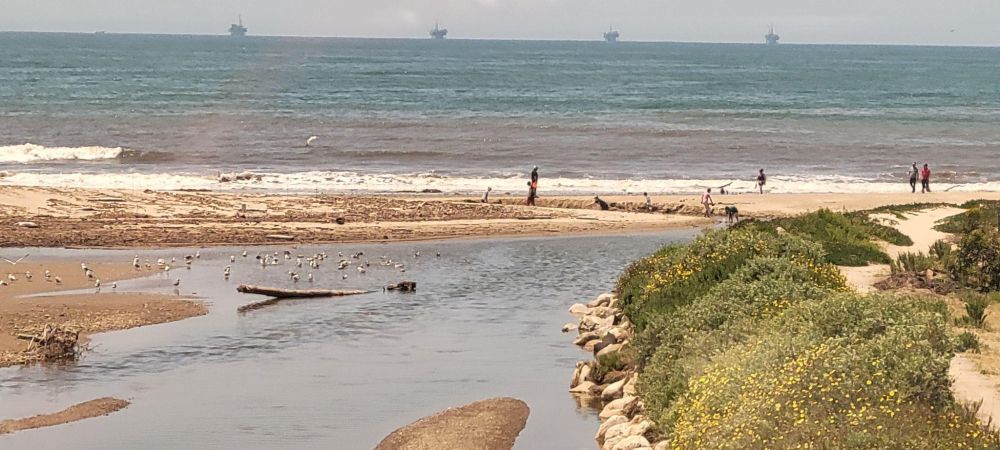The United States Space Force recently released a Draft Environmental Assessment (EA) for a proposal by the Phantom Space Corporation for up to 48 launches a year, from Vandenberg Space Force Base (VSFB) in Santa Barbara County, of expendable rockets that will end up in the ocean offshore of Baja, in international waters. The stated purpose is to provide greater mission capability to the Department of Defense, NASA, and commercial customers by constructing a new launch facility on VSFB and implementing Phantom Space Corporations’ Daytona-E and Laguna-E launch program. The Draft EA concludes that there will be no significant environmental impacts resulting from this proposed action. The document is available at https://www.vandenberg.spaceforce.mil/About-Us/Environmental/EAS/. The comment period is over, and the Final Environmental Assessment has yet to be released.
As a member of the Sierra Club CA Coastal Subcommittee, I learned of this through an Agenda item at a California Coastal Commission meeting. In later comments on the Draft EA, we raised the issue that Phantom’s Daytona-E and Laguna-E “expendable” rockets going into the ocean off Baja would have negative impacts on marine life, including the whales that migrate and feed along the California coast, many of which give birth in Baja, and which numerous entities have worked for years to protect through the vessel speed reduction program. These rockets are not intended to be recovered, would remain in the ocean waters as debris, including a remnant of rocket fuel, and thus have potential negative effects on ocean water quality, marine life, fishing, and recreation. There would be additional debris from up to 6 weather balloons per launch going into the ocean offshore of California, also as "unrecoverable".
Trans-boundary pollution from Tijuana has been a serious problem for years, going into the ocean, affecting California waters, beaches, recreation, and health as well. The US and Mexico are working on this, though much more needs to be done. Accumulating rocket debris offshore of Baja would go against the effort to clean the ocean waters. There are international treaties such as the 1982 United Nations Convention on Law of the Sea, which the US recognizes (though not a signatory), and the recent UN High Seas Treaty (2023), to which the US is a signatory, that may be relevant to the proposed deposition of rocket debris in international waters.

Human concerns include coastal access and beach closures during rocket launches, which will increase with the proposed Phantom launches, in addition to launches from other companies such as SpaceX (which has increased its launches from 6 to 36 as of 2023 and will likely be requesting additional permits). SpaceX does recover and reuse the main body of its rockets, landing them on a platform, also offshore of Baja.
Rocket launches use a significant amount of water per minute, upwards of 1500 gallons per minute for cooling purposes during a launch. This is also an area of concern in the face of climate whiplash, when we will have hotter/ drier years as compared to wet ones. There are also the issues of air pollution, GHGs with construction, heavy transport traffic, and the extreme energy and fuel used for launches themselves. It would be really good to know if any of this data is being tracked for long term use and study.
Phantom Space is a space transportation company that mass manufactures launch vehicles, satellites, and space propulsion systems.
Leslie is a long time member of the Sierra Club Angeles Chapter Water Committee and the Energy-Climate Committee.
